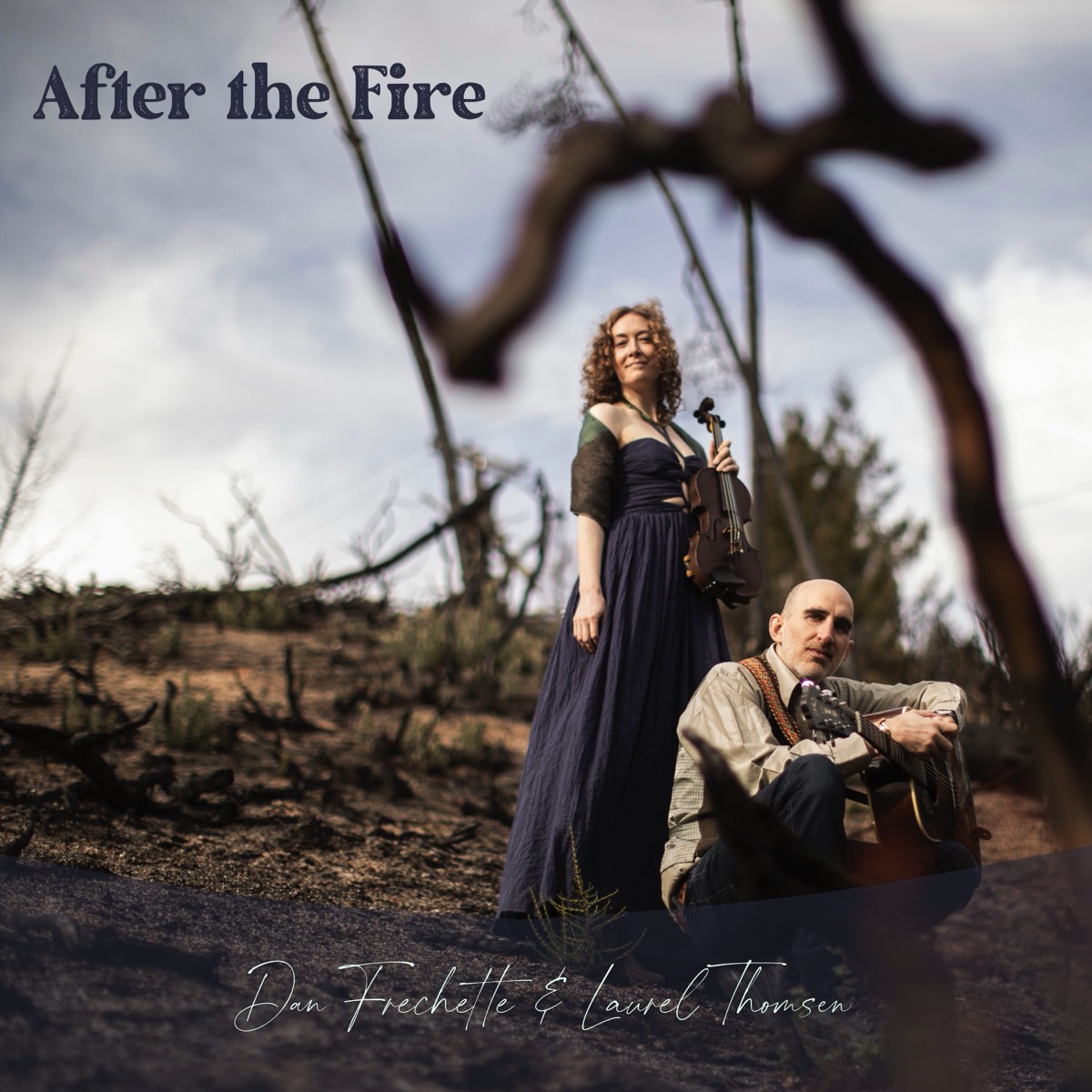With the COVID-19 shutdowns and for many of us, more time to practice our musical instruments, it’s important to avoid mental burnout and physical injury by keeping our expectations in check. I’ve had some students, excited to see the progress they can make now that they have so much more time to practice, but sometimes overdoing it and experiencing pain. Following up on recent posts “How long should I practice?” and “Ideas for creating a balanced practice routine,” we have the opportunity right now to make some extra strides, but not at the expense of our physical or mental health.
While we’ve all heard musicians bragging about practicing 8 hours a day, 2.5 to 3 hours is an excellent amount of daily practice time for professionals and serious students. I really don’t think we need to do more than that on a regular basis, especially if we’re practicing mindfully. I love quoting Mischa Elman, who echoed many other famous soloists when he once said “practice with your fingers and you need all day. Practice with your mind and you will do as much in 1.5 hours.”
But even 1.5 hours, let alone 3, can take time to work up to. Just like any physical pursuit (running, yoga, weight lifting) or mental pursuit (learning a language, studying for a test) we can’t expect to suddenly be able to stay focused and in top form for hours and hours a day. Playing a musical instrument is rewarding, but also both physically and mentally challenging. It’s creative, but also very demanding, precise, and requiring full focus and effort, along with the ability to relax into the movements and use our body naturally and easily. It really combines it all!
When ramping up a practice routine, I’d be particularly careful with technical exercises - limiting this type of work to a focused hour daily, and breaking it up between left and right hand issues or less technical elements. Things like shifting and slurring that combine larger muscle groups aren’t so necessary to limit, but with anything that uses a small range of motion and is repetitive, like vibrato, martelé, collé, sautillé, etc. it’s important to be sensitive to your body and move on before you feel tired or in pain.
A balanced three hour practice program might look like:
- one hour: scales, etudes, technical exercises for shifting, bowing, vibrato etc.
- one hour: current solo pieces
- half hour: orchestral or ensemble pieces/excerpts (this would be swapped for time with the hour of solo work and maybe also take over some of the technical time and review time when actively preparing for a rehearsal or performance)
- half hour: reviewing old repertoire and/or exploring other styles of interest like fiddle tunes, Jazz, improvising, etc.
Timeframes should never feel rigid though. If you’re enthusiastic and really getting into something, keep going! Likewise, if something isn’t working or feels uncomfortable, try to adjust your body physically, your mental perspective, or mix up your practice approach. If you do this and it’s still not working that day, put whatever it is aside and move on. Listen to your body and recognize that some days we’re just not in a place to practice some things.
I personally find switching gears challenging. Once I’m in technical mode, or musical mode, Classical mode or fiddle mode, I often like to stay there. Some days I can do a routine like the one above, but I often prefer to dive in and focus on something for a while. It took me many years to feel like that was an acceptable practice approach, but it seems to be just as effective as getting through everything every day as long as I circle back to what I need to practice every few days and don’t get obsessed and frustrated with some technical detail.
I’ll typically do a practice that’s very technical one day, very musical the next, etc.. I won’t practice the same thing for three hours straight, but I might practice a variety of bow strokes going through a bunch of different excerpts and etudes, or all the more challenging pieces and etudes my students are working on, or run through all the three octave scales and arpeggios with a variety of different bowings and rhythms, or review several pieces in my repertoire, do a lot of sight reading, or read through a number of fiddle books. Often, I might practice scales, etudes, and pieces my students are working on or run through old repertoire one day, Classical solo repertoire or orchestral/ensemble music I’m learning another day, and cycle through those two regimes with 2-4 variations about what I’m practicing day to day. Once a week or so I’ll intersperse a sight reading/fiddle tune day.
It’s important to not let the clock become the driving force of our practice, though it is a good tool to keep us honest about how much time we’re devoting to our music. Since no one really knows when we’ll be able to get back to rehearsing and performing, we have a wonderful opportunity right now to experiment with our practice, spread it out throughout the day, take breaks, take walks, put some stretching, a yoga routine, and some time listening to recordings, checking out performance videos, or reading inspirational books into the mix too.
While my post “Cross-training for musicians” offers many more resources, to help support better posture and recover from or avoid pain altogether while practicing, here are two simple videos that have helped my students on a number of occasions where we’ve over-practiced. For others that build upon the technique in the second video, check out the Foundation Training YouTube channel.

